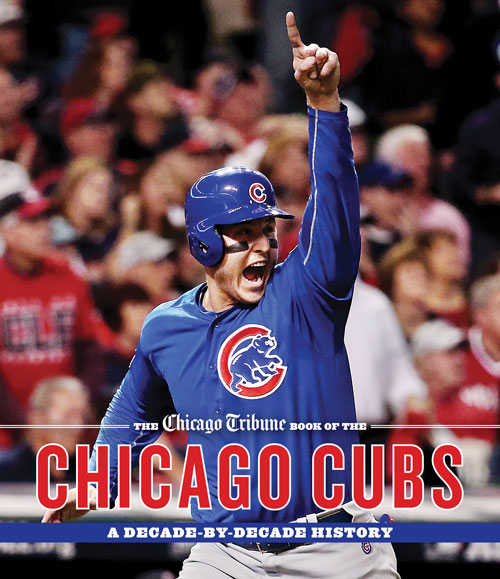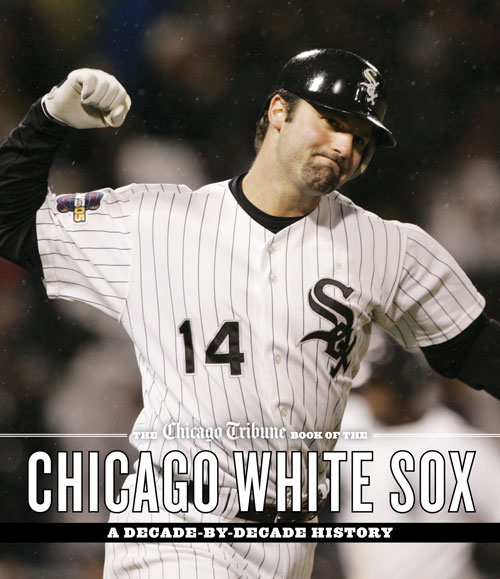After a prolonged labor dispute and the threatened cancellation of games, baseball fans are breathing a collective sigh of relief as the season finally gets rolling after only a week’s delay.
While you’ll find sports fans of all stripes at Agate, baseball has always had a special relationship with the more book-inclined. It’s the most mytho-poetic and individualistic sport, a series of small conflicts, with each at-bat or pitching start its own hero’s journey. Even as it declines as the national pastime, it remains a potent metaphor for addressing the country itself, with all the neuroses and struggles of twentieth-century America playing out on the field through figures like Jackie Robinson or Barry Bonds. And of course, if you want it to be, it can be an exquisitely nerdy hobby, with levels of hyper-arcane statistical analysis that basketball or football can only dream of. For these reasons, you’ll find more novels, essays, and nonfiction about baseball than any other sport, and in our experience, bookworms and baseball fans have a significant crossover.
Agate has published three books about baseball, all covering our local teams in collaboration with the Chicago Tribune.



The Chicago Tribune Book of the Chicago White Sox collects coverage of the team from its creation in 1900, through the turbulent years of the “Black Sox Scandal,” to its 2005 World Series victory after an eighty-seven-year drought. The Chicago Tribune Book of the Chicago Cubs does the same for the Cubs, one of the world’s most iconic baseball clubs and the only team to surpass the White Sox in streak of years without a World Series win.
The Weight Lifted zooms in on 2016, the year the Cubs finally broke the curse (the longest in sports history) and led the team to a seven-game championship for the ages. Their season is chronicled with wit and detail by longtime Tribune sports writer Paul Sullivan.
Beyond Chicago, some of our other favorite baseball literature includes Bernard Malamud’s The Natural, Michael Chabon’s Summerland, and Pafko at the Wall, the first section of Don DeLillo’s Underworld.
